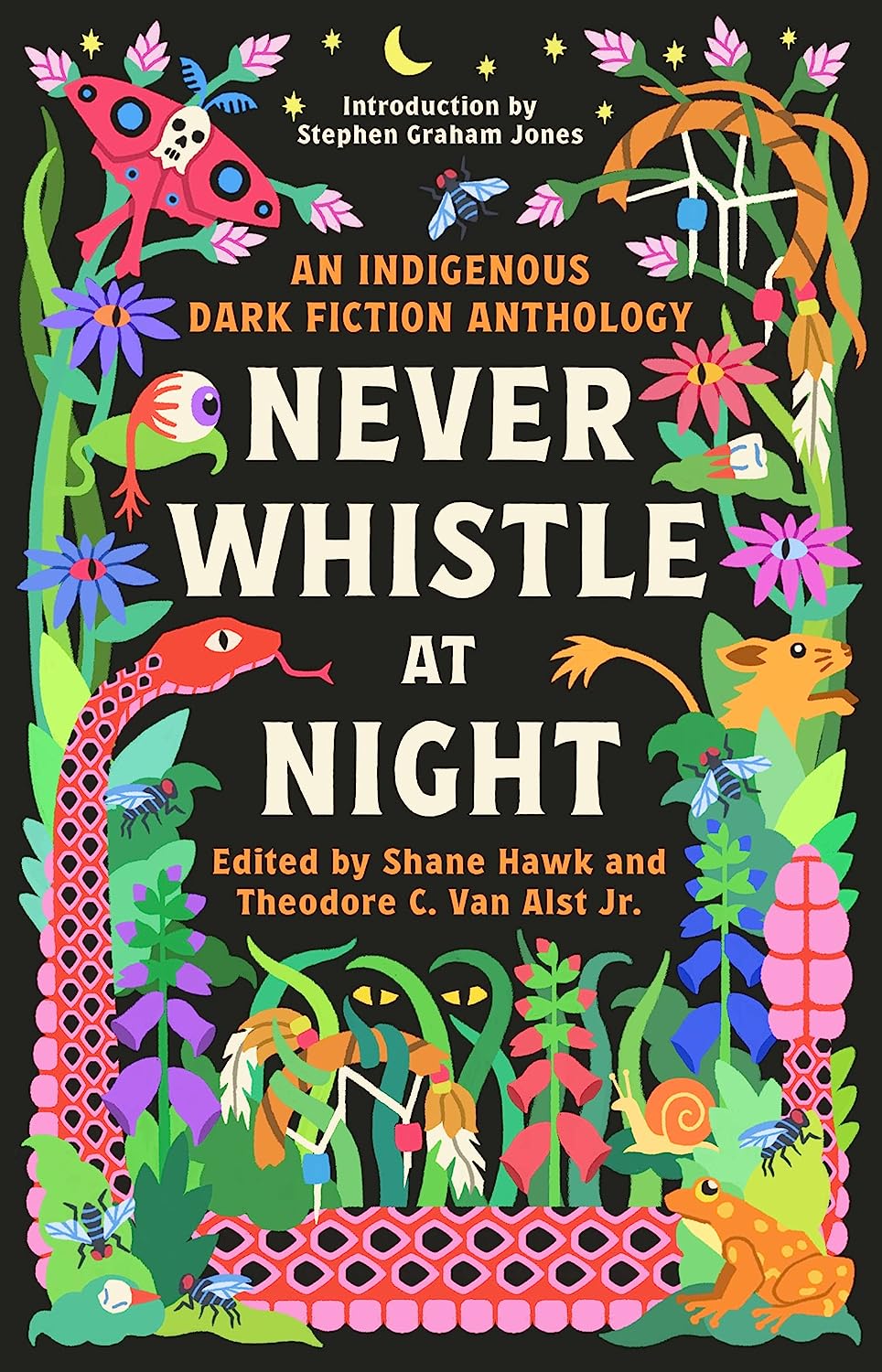Though we rarely speak of it today, humanity has always existed in a captivating world of superstitions full of myths of summoning shadows, broken mirrors, and forbidden numbers but one peculiar fear transcends borders and cultures: night-time whistling. The idea behind it is an eerie phenomenon with a myriad of names but a shared foreboding, suggesting a hidden darkness and gnawing question: behind this, is there truth?
Consider Asia, where whistling summons evil spirits and foul weather. In Japan, there is a belief that whistling during the night can disrupt the peacefulness of the night and potentially invite danger. A similar belief exists in China, although it extends beyond just summoning malevolent spirits. Proficient Chinese yoga practitioners hold the belief that they can invoke supernatural entities, wildlife, and even weather phenomena through the act of whistling. Across the way in Turkey, they fear that a nocturnal whistle is an invitation to malevolent deities which is akin to summoning the devil. In various Slavic traditions, there is a belief that whistling indoors can attract poverty, as evidenced by the Russian proverb “whistling money away.” Some in that region even believe that whistling indoors can potentially cause a house to catch fire.
British folklore brings it to an elevated level with the myth of the “Seven Whistlers,” harbingers of doom. The whistlers are seven enigmatic birds or spirits known to signal impending death or a significant disaster. It is one of the few superstitions that is taken very seriously to this day. In modern times, mine workers in the UK refused to work for an entire day because they heard an eerie whistle making them fear that someone ominous was on the horizon. Sailors on ships ban it for fear of bad luck. And many within many indigenous traditions, the superstition runs just as deep, if not deeper. Night whistling is forbidden by Native Americans due to a shape-shifting entity, known as a “Skinwalker” or “Stekini,” that responds to the call, causing harm to those who encounter it. Native Mexicans fear that the whistle can summon a witch that can turn into an owl and Native Hawaiians believe it summons the spirits of ancient warriors.
It is specifically the superstitions that are frequented in those Indigenous traditions that are the foundations that every story in Never Whistle At Night is built upon. It is a book of tantalizing tales that stretch from the eerie to the delightfully absurd. Some sound like they were plucked from David Lynch’s own brain and others are so steeped in reality that one feels like evil doesn’t have to follow one home because it is already there. Shane Hawk and Theodore C. Van Alst Jr. edited this indigenous dark fiction anthology that contains stories by 26 authors who explore these ideas through a modern lens:
- Kushtuka by Mathilda Zeller
- White Hills by Rebecca Roanhorse
- Navajos Don’t Wear Elk Teeth by Conley Lyons
- Wingless by Marcie R. Rendon
- Quantum by Nick Medina
- Hunger by Phoenix Boudreau
- Tick Talk by Cherie Dimaline
- The Ones Who Killed Us by Brandon Hobson
- Snakes Are Born in the Dark by D. H. Trujillo
- Before I Go by Norris Black
- Night in the Chrysalis by Tiffany Morris
- Behind Colin’s Eyes by Shane Hawk
- Heart-Shaped Clock by Kelli Jo Ford
- Scariest. Story. Ever. by Richard Van Camp
- Human Eaters by Royce K. Young Wolf
- The Longest Street in the World by Theodore C. Van Alst Jr.
- Dead Owls by Mona Susan Power
- The Prepper by Morgan Talty
- Uncle Robert Rides the Lightning by Kate Hart
- Sundays by David Heska Wanbli Weiden
- Eulogy for a Brother, Resurrected by Carson Faust
- Night Moves by Andrea L. Rogers
- Capgras by Tommy Orange
- The Scientist’s Horror Story by Darcie Little Badger
- Collections by Amber Blaeser-Wardzala
- Limbs by Waubgeshig Rice
This collaborative anthology featuring multiple authors presents a diverse assortment of writing styles and narrative approaches but what distinguishes this collection from others like it, is the evident intentionality in each story’s composition and thematic depth, even in cases where the conclusions may seem abrupt. Notably, even when culminating with abrupt conclusions, none of the narratives appear hastily constructed or incomplete. Instead, they beckon readers to invest time and thought in their absorption, resulting in an experience that pleasantly stretches beyond that of any other short story collection. From the beginning, you’re told to sort of suspend your expectations and it’s something you should remind yourself before starting each story.
For those inclined toward narratives that encourage contemplation and appreciate the absence of neatly tied resolutions, Never Whistle at Night is for you. It provides a compelling literary landscape at which you can set up camp and not whistle. It’s a somewhat unhinged anthology that ventures into the realms of unconventional fiction and occasionally flirts with elements of body horror. A handful of stories in it boldly explore darker and unsettling territories, however, that can be considered triggering to some. Showing again that although each narrative is rooted in the same concept, the executions vary by how manic the writer is willing to go. Don’t be fooled by the cover that seems to be playfully inviting you into what looks like your typical collection of short stories or superstitions. The second you open it, you’re surrendering yourself to a darkness that resides within its pages.
Never Whistle at Night, right from the outset, weaves a mesmerizing tapestry of melody, haunting elements, and raw intensity. It exudes a passionate confidence while introducing unforgiving apparitions. These narratives delve into your soul, sculpting something profoundly unique. It is an unequivocal essential for any reader who isn’t afraid of the dark.


